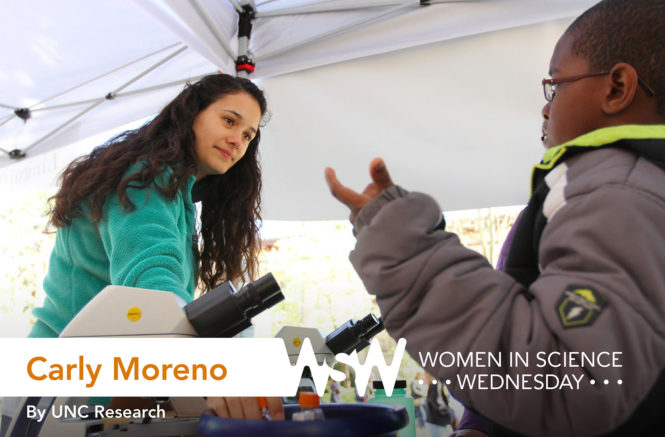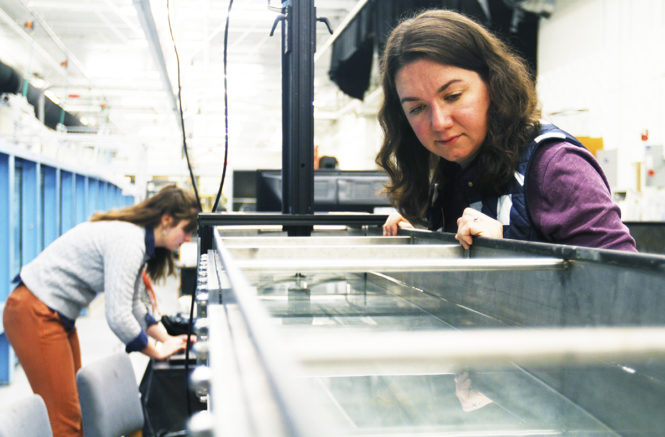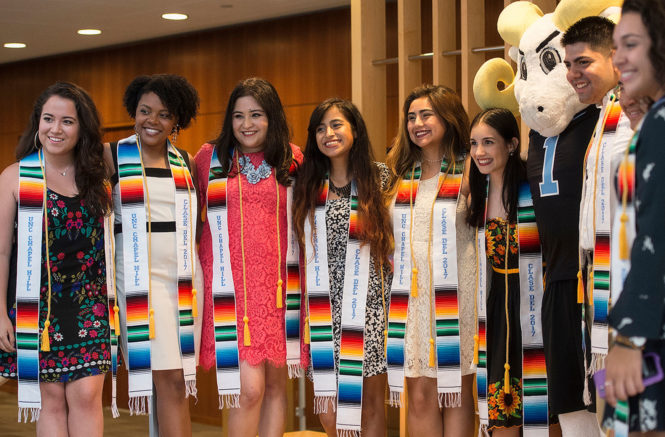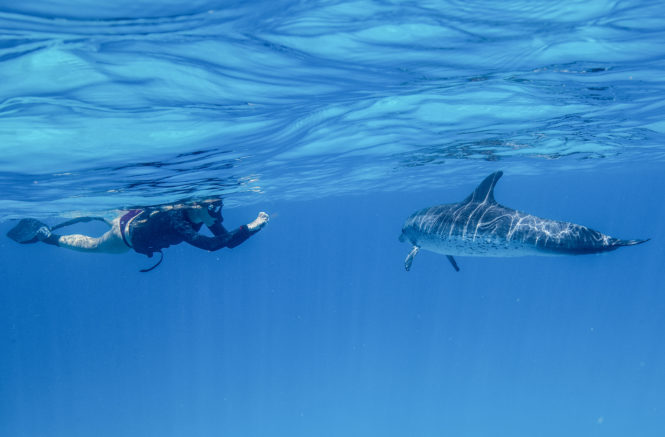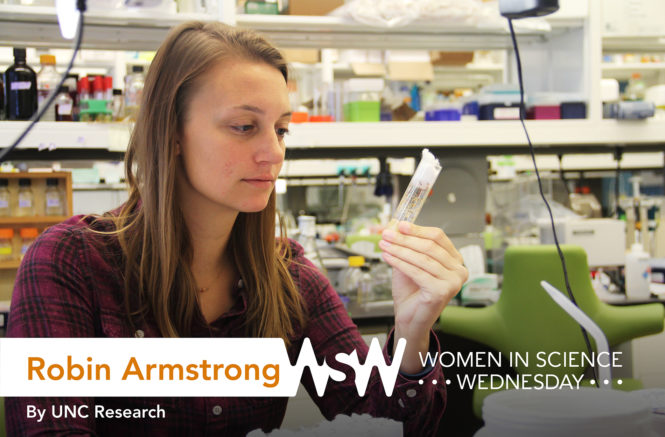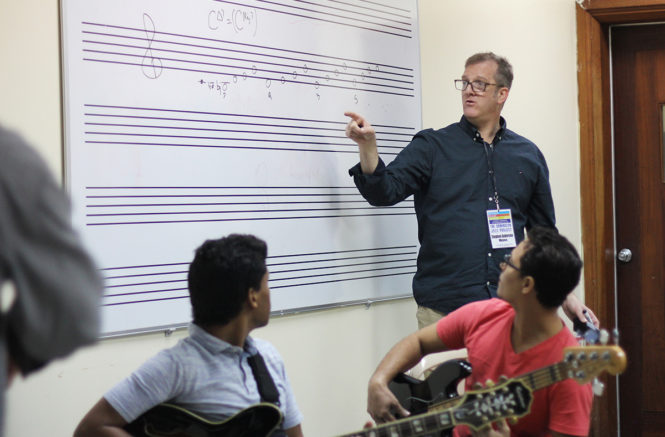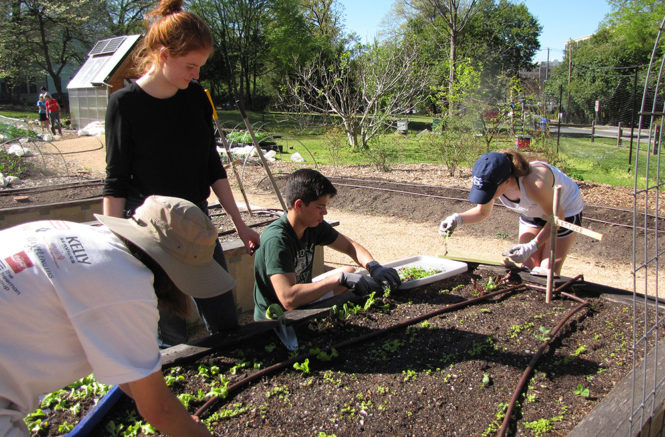Kimiko Suzuki
Kimiko Suzuki is a PhD student in the Curriculum for Bioinformatics and Computational Biology. She works in both the Dohlman and Elston labs located in the Department of Pharmacology at the UNC School of Medicine. Her research focuses on predicting how intracellular signaling pathways respond to stress.
Carly Moreno
Carly Moreno is a PhD student studying marine science within the UNC College of Arts & Sciences. Her research focuses on using molecular sequencing to study the environmental factors that regulate phytoplankton growth in Antarctica.
Go with the Flow
Streambeds act as natural water filters by trapping particles and pollutants. To better understand the dynamics of these small yet complex systems, a UNC hydrologist is creating (and clogging) her own stream.
Higher Ed Hierarchy
Students across the United States graduate with, on average, $30,000 of student loan debt, which can take years — sometimes decades — to pay off. How this affects the Latino community, specifically, is an under-reported story. But the UNC Center for Community Capital has partnered with UndiosUS in an effort to change that.
Sweta Karlekar
Sophomore Sweta Karlekar is an undergraduate researcher majoring in computer science within the UNC College of Arts and Sciences. She is also a Chancellor's Science Scholar. Her research focuses on building an artificial intelligence program that can automatically identify early signs of Alzheimer’s disease and dementia through a person's speech.
Hashtag Politics
During the 2016 presidential election, Facebook, Twitter, Google, and Microsoft all hired dedicated teams of partisan staffers to work one-on-one with campaigns to target voters. UNC journalism professor Daniel Kreiss explains their motives in a first-of-its-kind study.
A Day in the Life of a Dolphin Researcher
Since she was 14 years old, Liah McPherson has studied the lives of wild dolphins. This past summer, the freediving fanatic and UNC junior worked as a field assistant with The Wild Dolphin Project in the northern Bahamas — where she photographed and researched four generations of Atlantic spotted dolphins.
Morgan Yapundich
Senior Morgan Yapundich is an undergraduate researcher majoring in chemistry within the UNC College of Arts & Sciences. Her research focuses on pharmacological experiments that will shed light on how a drug induces cellular death in cancer cells.
Robin Armstrong
Robin Armstrong is a PhD candidate within the UNC Curriculum in Genetics and Molecular Biology and a graduate research assistant in the Duronio Lab. Using fruit flies as a model, she researches how chromatin structure influences DNA replication programs.
A Love for Latin Rhythms
Stephen Anderson, a critically acclaimed composer and pianist, and a professor in the Department of Music in the College of Arts & Sciences, has a knack for finding Latin rhythms wherever he goes—most recently, the Dominican Republic.
Vicki Mercer
Vicki Mercer is an associate professor of physical therapy in the UNC School of Medicine and director of the Human Movement Science Curriculum. She is also a clinical physical therapist for the Division of Physical Therapy’s faculty practice in Hillsborough. Her research focuses on balance and motor control with patients undergoing neurological and geriatric rehabilitation.
CURE-ious Chemistry
Chemistry undergraduates are developing their own research questions and projects in a new class at UNC, thanks to the drive and dedication of organic chemistry professor Nita Eskew.




